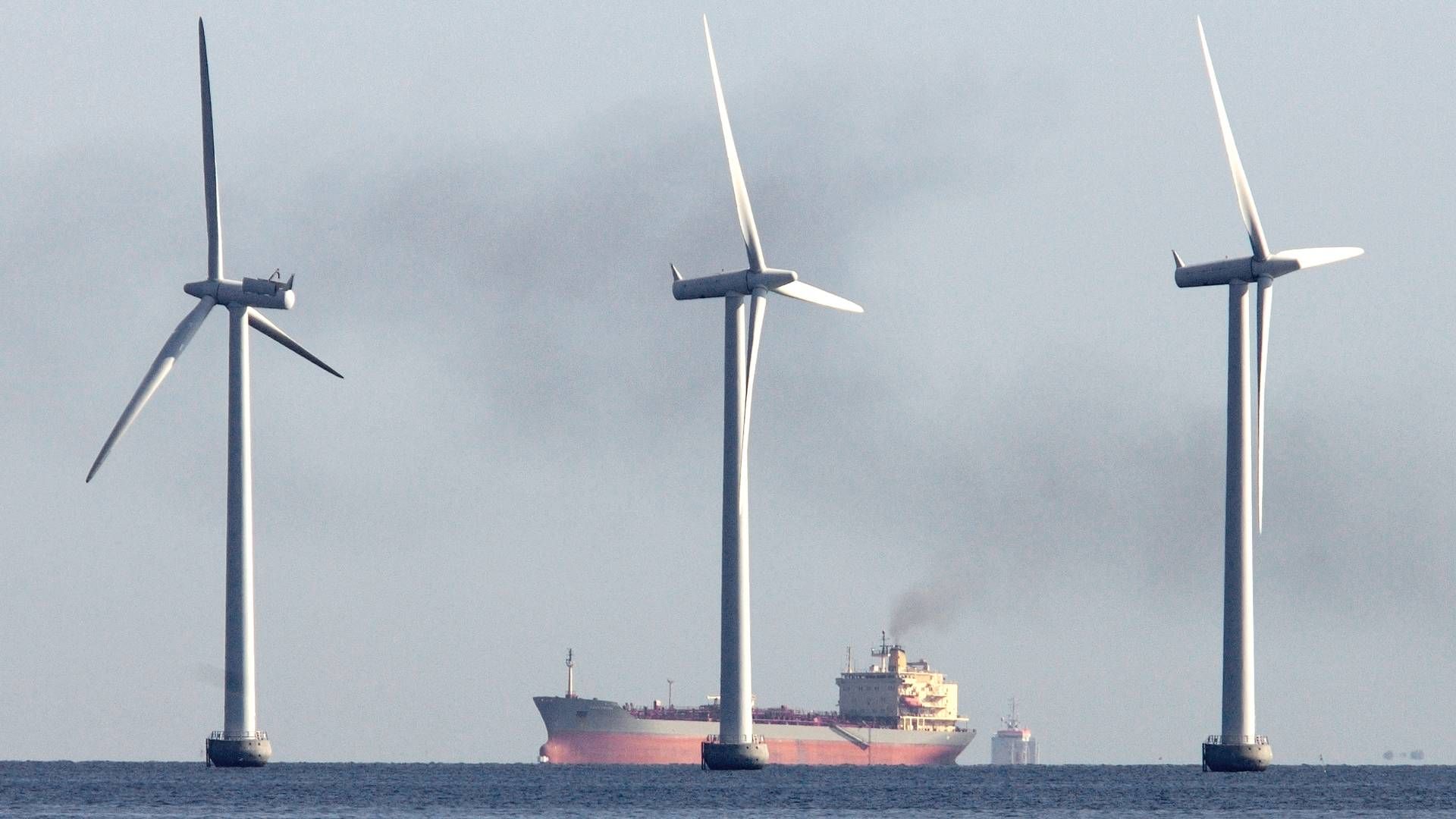Fewer ships fly the Danish flag for first time in years

Although Denmark in recent years has grown as a maritime nation, fewer ships are sailing under Danish flag.
Figures from the Danish Maritime Authority show that the number of vessels in the Danish International Register of Shipping (DIS) has declined by 2.4 percent over the course of the year.
”The Danish-flagged fleet has increased consistently for many years, but of course, we sometime see fluctuations in the upward-moving curve,” says Jacob K. Clasen, deputy CEO of trade association Danish Shipping.
There are now 728 vessels against 757 in 2021, while gross tonnage has dipped from 22.9 to 22.5 million gross tonnes. Figures are from mid-December.
It’s the first time in five years that the number of DIS-flagged ships goes down, contrasting the Norwegian ship register, for instance, which has continued an upward trajectory.
There is a natural explanation for the decline, though, says Danish Shipping.
”The current decline is because carriers have sold some ships where buyers have chosen to re-flag,” states Clasen.
Denmark is close to top 10
Denmark is number 12 on the list of the world’s largest flag states. The list is topped by countries such as Panama, Liberia and Marshall Islands.
The DIS was introduced in 1988 to help carriers in the global competition and keep vessels under Danish flags at a time when many flagged out from Europe.
Danish Shipping does not interpret the recent decline as a sign that Danish shipping companies are turning their back on Denmark.
Instead, it’s about divestments to foreign shipowners as previously mentioned.
”It’s not a case of Danish carriers flagging out. Such transactions occur on a regular basis in the industry, meaning the picture could look different another year,” says Clasen.
There are several advantages from sailing under DIS-flag. Carriers are allowed to pay out net wages to seafarers and thus keep taxes as state subsidies – also known as the seafarers’ tax scheme.
There are many similar schemes in other prominent maritime countries.
Long-running debate on taxes
Being a matter of state subsidies, alteration in the DIS needs approval from the European Union.
The latest expansion of the scheme took place in 2019 where offshore vessels were included. This was done to help Danish carriers banking on the advancing market for setting up and maintaining offshore wind turbines.
Offshore vessels were also made part of the tonnage taxation scheme, entailing that taxes are determined on the basis of ship sizes rather than income.
This ensures stable taxation of shipping during bad years, but it also means that the state misses out on large income when shipping is having an upswing like the major one seen during the pandemic.
For the last two years, Maersk has made more money than any other company in Danish history.
During the recent general election in Denmark, several parties spoke of harder taxation of carriers, while the Danish Economic Council has recommended to call off the various subsidy schemes.
The council’s argument is that decisions on investments and to a certain degree also the labor market are distorted when one sector pays lower taxes and thereby gains competition advantages over others.
”From a socioeconomic perspective, it means that too much is invested in these industries that are tax-favored, and this lowers the overall value creation in society as a whole,” said Carl-Johan Dalgaard, chairman of the Danish Economic Council, to ShippingWatch in November.
Supporters argue that subsidies ensure Danish workplaces on land and are decisive in enabling Danish carriers to partake in international competition.
English edit: Kristoffer Grønbæk
Maersk’s enormous profit hollows out public income growth this year
Related articles
Søren Skou counters tax criticism: Maersk is no parasite
For subscribers
Danish government examines tonnage taxation scheme
For subscribers

.jpg)


















